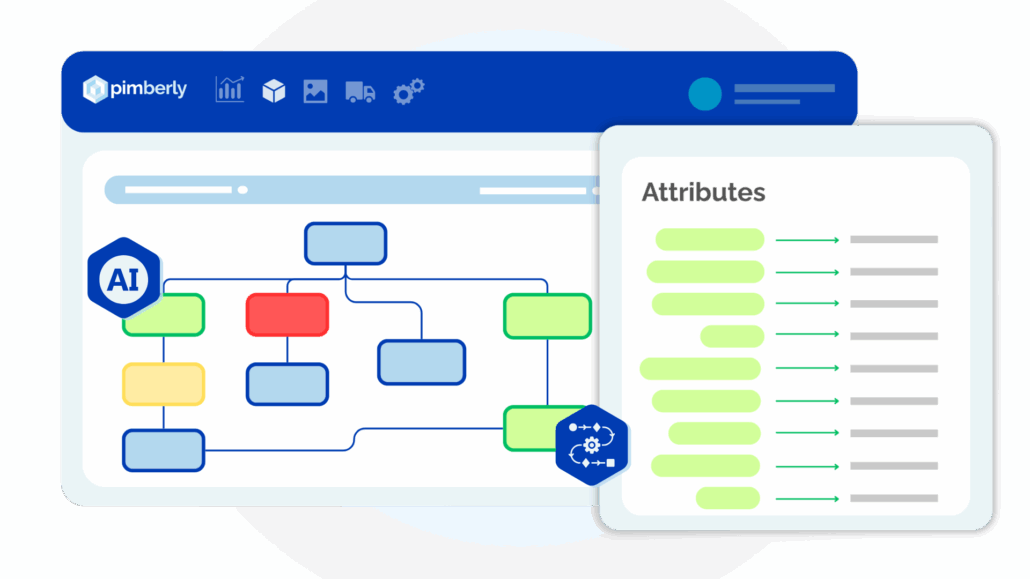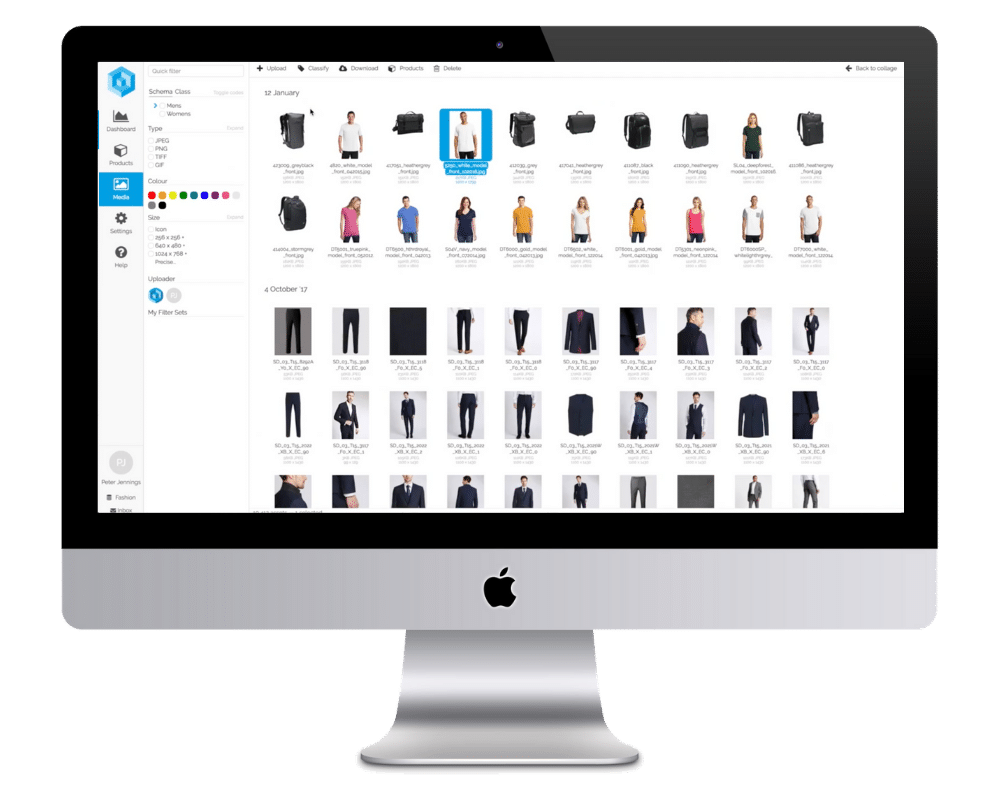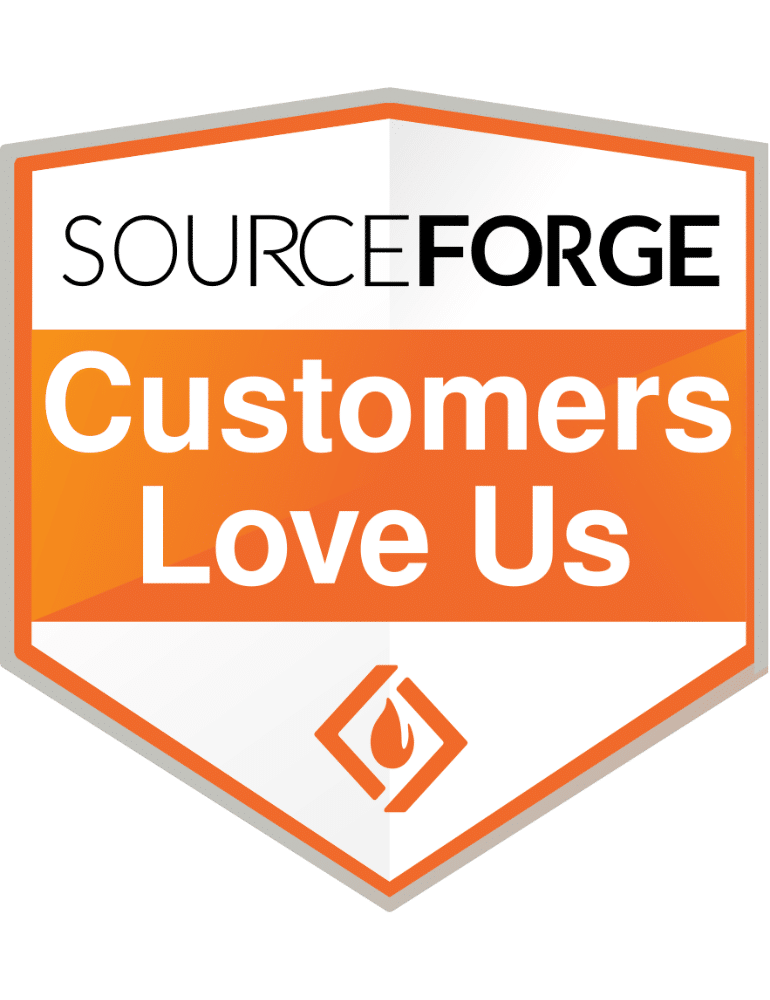Key Takeaways
-
OpenAI’s Instant Checkout allows users to make purchases directly within ChatGPT, merging discovery, comparison, and conversion into one seamless experience.
-
For brands, this means product information must be structured, complete, and instantly retrievable by AI systems.

-
PIM platforms will become essential in ensuring data accuracy, AI-readiness, and integration with conversational commerce environments.
What Is OpenAI’s Instant Checkout?
OpenAI’s Instant Checkout is a new conversational commerce capability built into ChatGPT, enabling users to browse and purchase products directly from within the chat interface. Rather than clicking through multiple pages or logging into separate eCommerce sites, shoppers can ask natural-language queries (“Find me a waterproof hiking jacket under $200”) and complete a purchase within the same conversation.
This transforms ChatGPT from a research assistant into a transactional layer for eCommerce—an evolution that could disrupt traditional digital storefronts and search-driven sales funnels.
Use Cases
- Conversational Shopping: Consumers can chat with ChatGPT to discover, compare, and instantly buy products from multiple retailers.
- Voice-Activated Purchases: Integrations with voice assistants could enable hands-free checkout experiences.
- Product Recommendations: Using contextual data and previous interactions, AI can deliver hyper-personalized suggestions in real time.
- Automated Upselling: Retailers could program AI agents to cross-sell related accessories or complementary items during checkout.
According to McKinsey, 71% of consumers expect personalized interactions from brands, and 76% become frustrated when those expectations aren’t met. Instant Checkout’s conversational context gives brands an opportunity to meet those expectations more naturally than traditional web forms ever could.
Why It Matters for eCommerce Leaders
Challenge #1: Losing Control of the Customer Experience
As OpenAI integrates shopping capabilities, the “storefront” moves away from brand-owned websites toward AI-driven interfaces. Retailers risk losing visibility into their customer journeys if their product data isn’t discoverable or correctly formatted for AI retrieval.
Solution: Centralized Product Data for AI-Driven Discovery
To appear in Instant Checkout results, brands must ensure their data—product titles, descriptions, pricing, media, and attributes—is structured, consistent, and compliant with AI language model formats.
That’s where a Product Information Management (PIM) solution like Pimberly’s centralized platform becomes crucial. By acting as a single source of truth for all product information, PIM enables brands to syndicate clean, AI-ready data to any channel, including conversational systems like ChatGPT.
Challenge #2: Maintaining Trust in AI-Powered Transactions
If AI-driven purchases misrepresent products or deliver incomplete descriptions, consumer trust can erode quickly. Because generative AI relies on what it can “see” in product feeds, inaccurate or inconsistent data can result in hallucinations or false product attributes.
Solution: Enriched Product Content with Context
PIM solutions allow eCommerce teams to enrich listings with detailed product specs, materials, certifications, and localized information—ensuring AI agents deliver reliable, factual answers during the buying process. This enrichment layer also enables compliance with evolving regulations like the EU Digital Product Passport (DPP), which demands transparency on sustainability and origin.
Increased Flexibility and Convenience for Consumers
Key Feature #1: Seamless Discovery-to-Purchase Flow
In traditional eCommerce, a customer may need 5–7 clicks before checkout. With Instant Checkout, that flow collapses into a single conversational thread. Shoppers can browse, compare, and purchase through one unified dialogue—reducing friction and cart abandonment.

Retailers could integrate Instant Checkout through APIs or plug-ins, linking OpenAI’s conversational layer directly to existing eCommerce backends such as Shopify, BigCommerce, or Salesforce Commerce Cloud.
Use Case Example:
Imagine a shopper asks ChatGPT, “Find me a mid-century dining table under $500 with free delivery.” ChatGPT references multiple retailers’ structured product data, filters results by style, price, and shipping options, and presents a curated shortlist. The shopper confirms one choice—and the AI completes the checkout instantly.
For retailers, this means the buying decision happens in seconds. Product discovery, decision, and conversion no longer exist as separate funnel stages—they’re merged into one AI-enabled moment.
OpenAI Instant Checkout and PIM – Why Product Information Matters
To succeed in an ecosystem where conversational AI handles both recommendation and transaction, retailers must ensure that their product data is not just complete, but contextually intelligent.
PIM platforms like Pimberly automate the process of centralizing, enriching, and distributing that information. This ensures OpenAI and similar systems have immediate access to accurate, structured content that supports real-time decision-making.
A few specific ways PIM supports Instant Checkout readiness:
-
Data Consistency Across Channels: Ensures that pricing, descriptions, and availability are synchronized between the retailer’s store, ChatGPT, and other marketplaces.
-
Media Optimization: AI-ready image formats, alt text, and metadata help ChatGPT display relevant visuals.
-
Localization: Pimberly’s localization tools ensure the same product is represented correctly across regions and languages—critical when Instant Checkout expands globally.
-
Compliance Integration: With upcoming regulations such as the EU AI Act, product data accuracy and transparency are more important than ever.
How Instant Checkout Fits Into Broader AI Shopping Trends
OpenAI’s move into transaction handling is part of a broader evolution toward agentic commerce—where AI acts as an intelligent buying agent rather than just a search assistant. Retailers like Amazon and Walmart are already experimenting with conversational shopping, while startups like Shopify’s Sidekick and Google’s Search Generative Experience (SGE) are reimagining how shoppers interact with product data.
ChatGPT shopping is the next natural step. The “Instant Checkout” model suggests that AI will soon manage the full sales lifecycle—from inspiration to order confirmation—without customers ever touching a traditional eCommerce site.
To prepare for this, eCommerce leaders must:
-
Optimize product feeds for LLM readability.
-
Integrate APIs with OpenAI-compatible systems.
-
Invest in PIM and DAM infrastructure to maintain content accuracy and brand control.
FAQs
Q: How will OpenAI’s Instant Checkout affect SEO and organic traffic?
A: If shoppers transact within ChatGPT instead of visiting eCommerce sites, traditional search traffic could decline. However, retailers who ensure their data is properly structured and discoverable by AI systems will still capture sales—just through new entry points.
Q: Can brands control how their products appear in ChatGPT?
A: To an extent. Brands can improve how products are presented by maintaining clean, structured data through PIM systems and by connecting APIs that feed verified details into AI shopping interfaces.
Q: Is Instant Checkout secure for consumers?
A: OpenAI is expected to partner with verified payment processors and merchants, meaning transactions will follow existing compliance standards like PCI DSS. Still, retailers must maintain their own safeguards for privacy, returns, and fraud prevention.
Q: How can smaller retailers benefit from this trend?
A: Instant Checkout levels the playing field. Smaller merchants with high-quality, structured data can compete with enterprise brands within conversational interfaces, provided they leverage automation tools like PIM to maintain data hygiene.
Takeaways for eCommerce Managers Preparing for Instant Checkout
To summarize: OpenAI’s Instant Checkout may soon change how people shop online, moving away from the website-centric model toward AI-driven conversations. The winners in this shift will be those who:
-
Maintain AI-ready product data via PIM systems like Pimberly.
-
Build integrations with platforms such as ChatGPT, Shopify, and BigCommerce.
-
Prioritize trust, transparency, and personalization in every customer interaction.
What this means for you: if your eCommerce strategy still relies on static product feeds or manual data entry, now’s the time to modernize. Tools like Pimberly can help ensure your catalog is ready for the next generation of shopping experiences—where AI becomes both the storefront and the salesperson.














